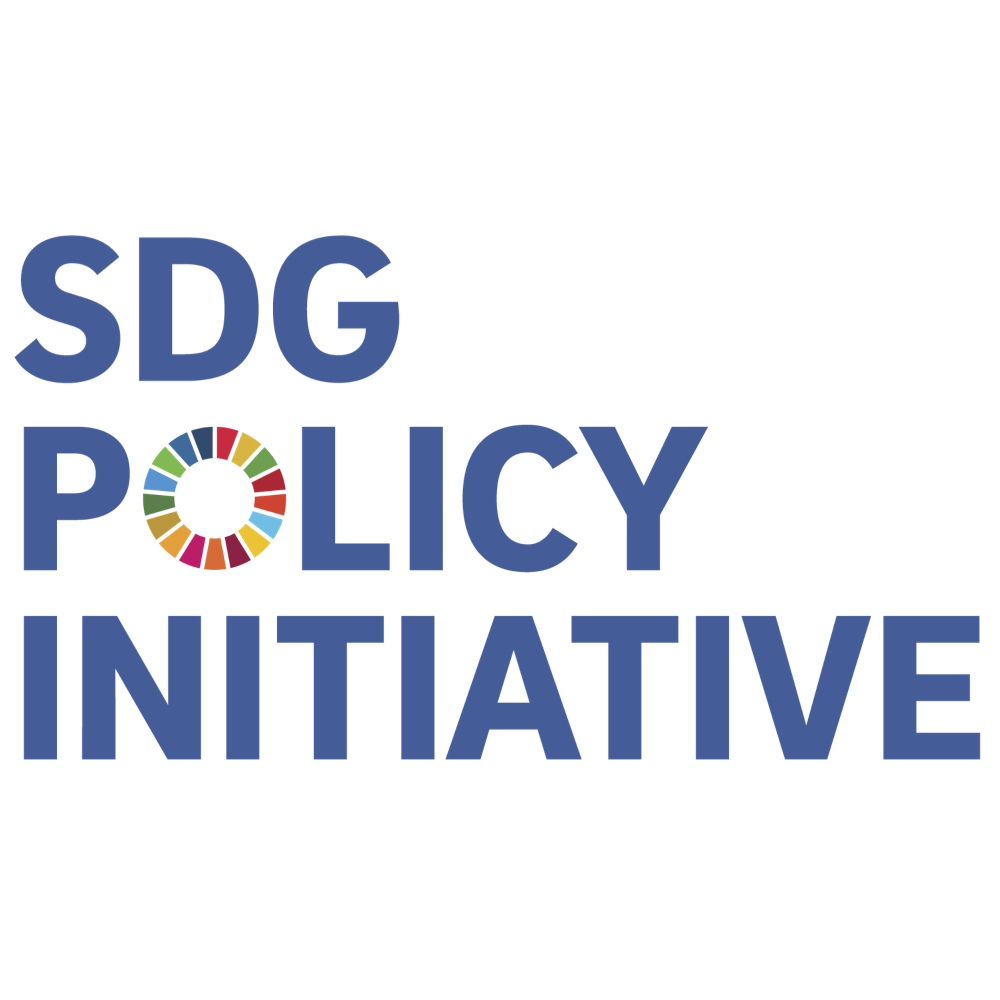This table provides metadata for the actual indicator available from San Diego statistics closest to the corresponding global SDG indicator. Please note that even when the global SDG indicator is fully available from San Diego statistics, this table should be consulted for information on national methodology and other San Diego-specific metadata information.
| Goal |
Goal 9. Build resilient infrastructure, promote inclusive and sustainable industrialization and foster innovation |
|---|---|
| Target |
Target 9.c: Significantly increase access to information and communications technology and strive to provide universal and affordable access to the Internet in least developed countries by 2020 |
| Indicator |
Indicator 9.c.1: Proportion of population covered by a mobile network, by technology (we define as broadband access) |
| Definition and concepts |
Concepts:“The indicator is based on where the population lives, and not where they work or go to school, etc. When there are multiple operators offering the service, the maximum population number covered should be reported. Coverage should refer to LTE, broadband (3G) and narrowband (2G) mobile-cellular technologies and include: - 2G mobile population coverage: Mobile networks with access to data communications (e.g. Internet) at downstream speeds below 256 Kbit/s. This includes mobile-cellular technologies such as GPRS, CDMA2000 1x and most EDGE implementations. The indicator refers to the theoretical ability of subscribers to use non-broadband speed mobile data services, rather than the number of active users of such services.
|
| Unit of measure |
Proportion of population covered. |
| Data providers |
American Community Survey, 5-Year Data (2019) |
| Metadata last updated | 2022-05-26: see changes on GitHub opens in a new window |
